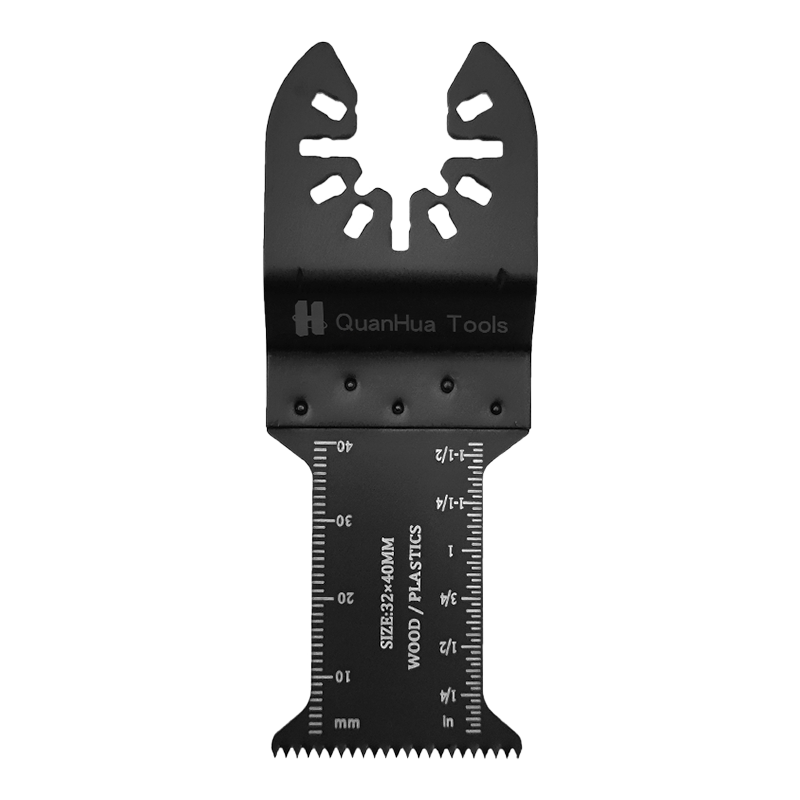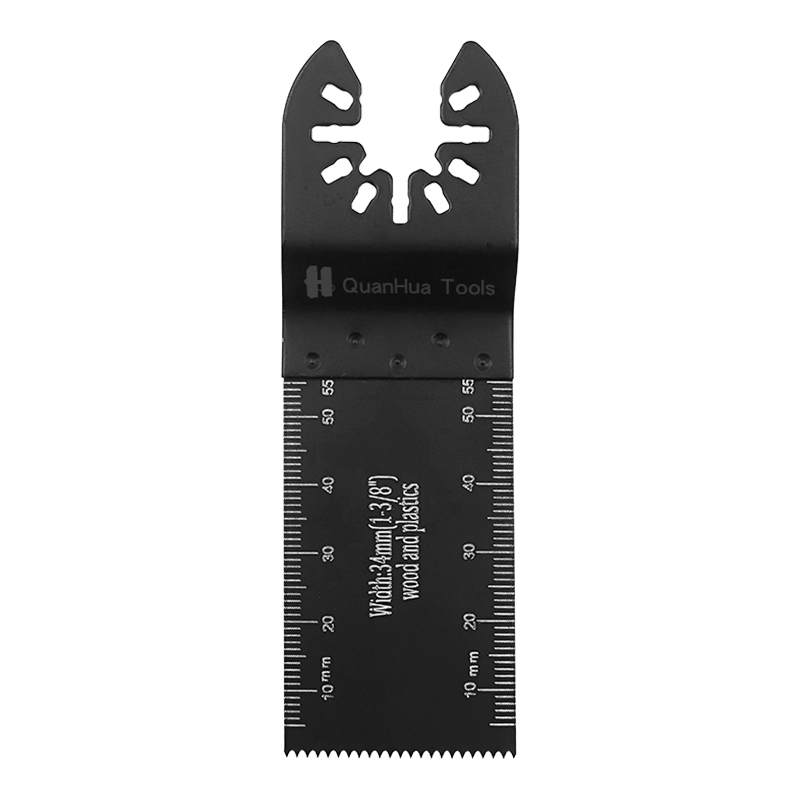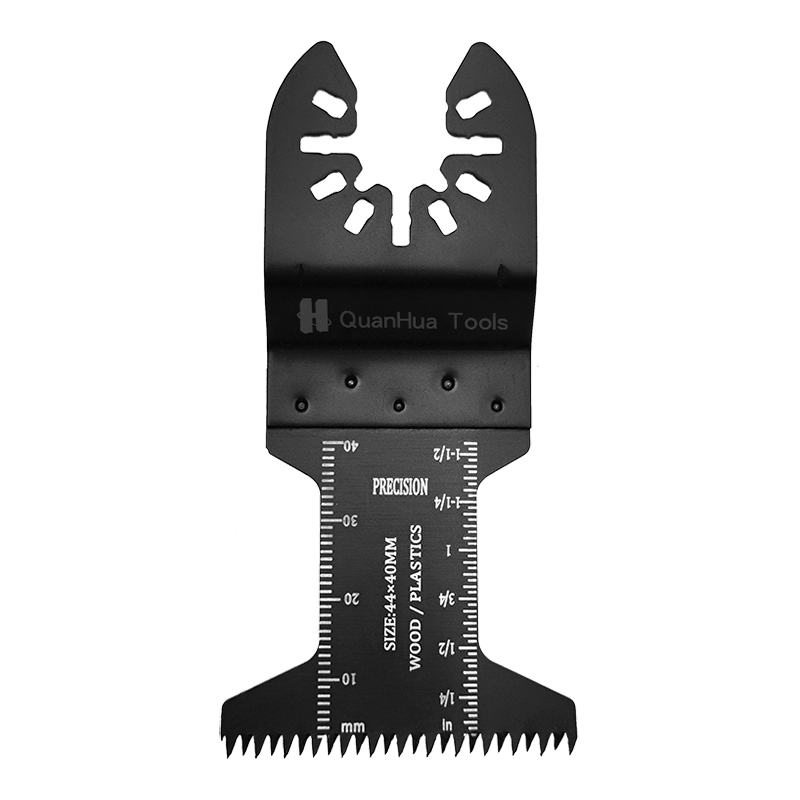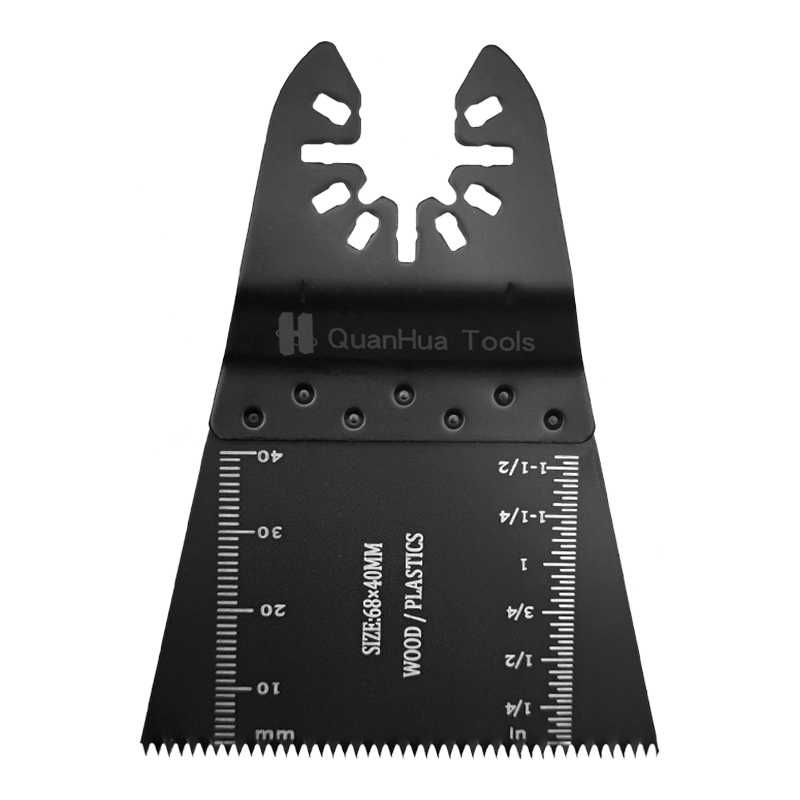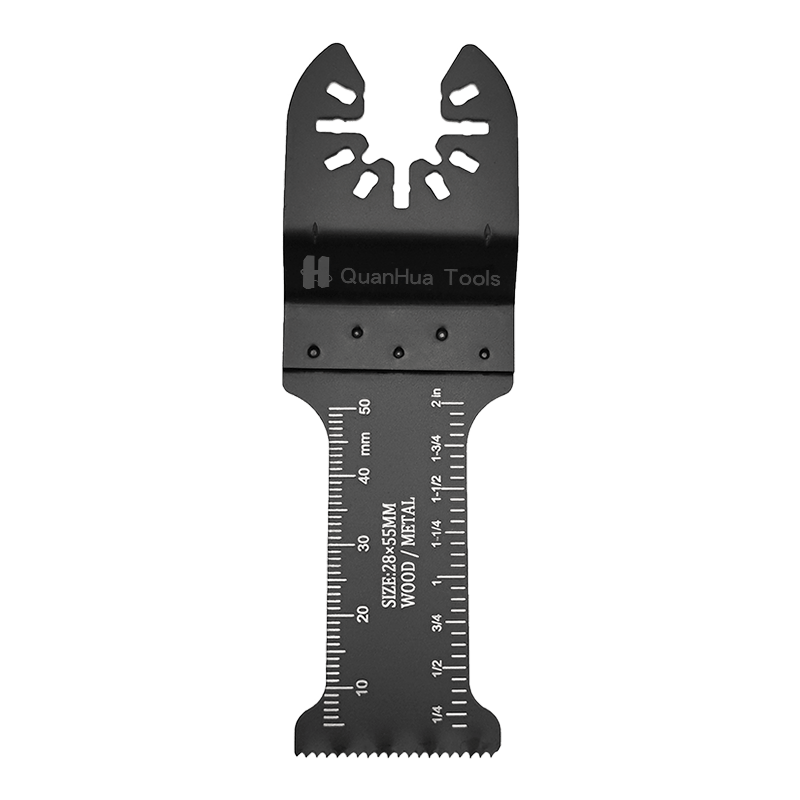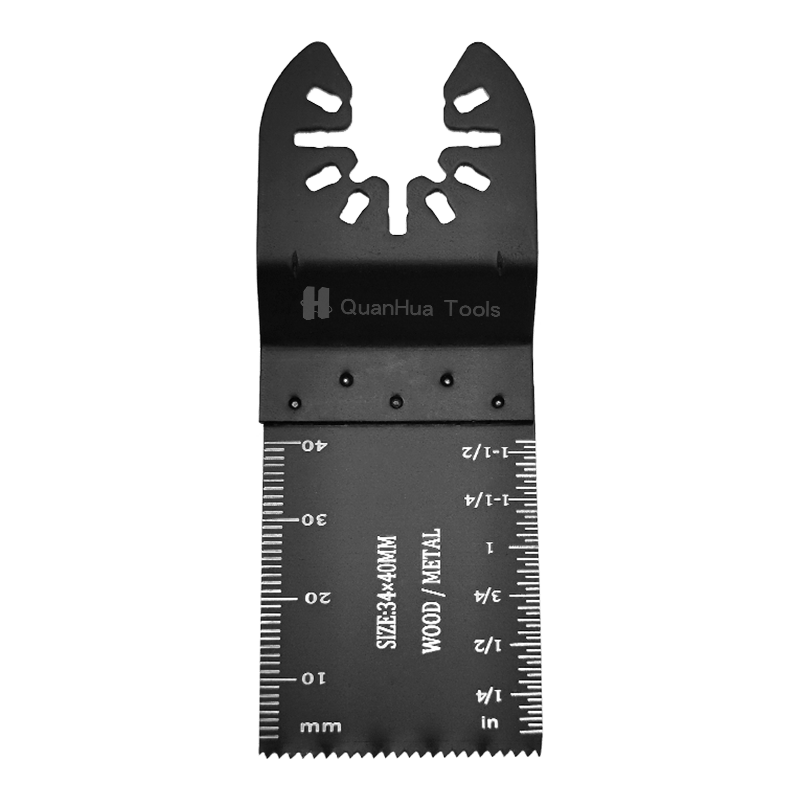1. Failure to check the condition of the saw blade
Before using a garden saw blade, checking the condition of the saw blade is a crucial step. Many people tend to ignore this when they start working and just pick up the saw blade and start cutting. If the saw blade is worn, blunted or cracked, it will seriously affect the cutting effect and may even cause safety accidents. For example, a blunted saw blade requires more force to cut, increasing the risk of injury to the user. When checking the saw blade, you should carefully check its sharpness and overall structure. If the saw blade is found to be damaged or rusted, it must be replaced or repaired in time. Regular inspection of the saw blade can not only improve work efficiency, but also extend the service life of the saw blade. It is recommended to check before each use and do a comprehensive maintenance at the end of each season, so that you can garden in the best condition in the following season.
2. Incorrect sawing angle
When using a garden saw blade, the correctness of the cutting angle is crucial to the cutting effect. Many users do not pay attention to the sawing angle during operation, resulting in uneven cutting or burrs. Generally speaking, it is ideal to keep the saw blade at a 45-degree angle to the cutting surface, which allows the saw blade to cut more smoothly and reduce damage to plants. During the sawing process, maintaining the proper angle not only improves efficiency, but also allows the saw blade to penetrate the material more effectively, thereby reducing the force. The order and angle of cutting will also affect the quality of the cut. For example, when pruning larger branches, it is recommended to start cutting from the top and then gradually move down. This method not only helps control the cutting depth, but also avoids the safety hazards caused by sudden branch breakage. By mastering the correct sawing angle, you can achieve more precise cutting results and improve the overall gardening work experience.
3. Using improper force
When using gardening saw blades, it is very important to apply the appropriate amount of force. Many people may think that the greater the force, the better the cutting effect, but in fact, this practice is often counterproductive. Excessive force will cause the saw blade to wear prematurely, and may even cause the saw blade to be damaged or fall off, posing a safety hazard. When using a gardening saw blade, you should rely on the sharpness and design of the saw blade itself to cut, rather than relying on human force to apply pressure. Generally, keeping a relaxed and stable posture, applying gentle pressure, and letting the saw blade cut into the material by itself can make cutting more effective. At the same time, maintaining a good posture and body balance can also help improve the accuracy and safety of cutting. By adjusting the way you use force, you can greatly improve the efficiency of cutting, reduce fatigue, and make gardening easier and more enjoyable.
4. Ignoring safety protection
In gardening work, safety protection is an important part that cannot be ignored. Many users often do not wear proper safety equipment, such as goggles, gloves, and protective shoes when using gardening saw blades. When using saw blades, flying wood chips and resins may cause damage to the eyes, so goggles are necessary tools to protect eyesight. At the same time, gloves can effectively reduce direct contact with the hands during the use of saw blades to prevent cuts or scratches. Protective shoes can protect the feet, especially when handling heavy objects or potentially dangerous items. Before operation, you should ensure the safety of the surrounding environment and avoid other people or pets near the work area to avoid accidents. Keeping the work area clean and free of obstacles will not only help improve work efficiency, but also greatly reduce the risk of accidents. By strengthening safety protection, you can do gardening work more at ease and enjoy a pleasant experience.
5. Wrong cutting order
When using gardening saw blades for pruning, the order of cutting is also an important factor that is often overlooked. Many users choose the order of cutting at random when pruning trees or shrubs, resulting in complicated operation and potential safety risks. The ideal practice is to start pruning from smaller branches and gradually transition to larger branches. This method not only helps to maintain a good balance, but also avoids injuries caused by sudden branch breakage during the cutting process. When dealing with large branches, it is recommended to cut from the top first and then cut downwards to reduce the burden on the branches and reduce the occurrence of accidents. In addition, pay attention to the surrounding environment when cutting to ensure that there are no other obstacles to avoid interference during the cutting process. With a reasonable cutting order, you can improve work efficiency while ensuring safety and reducing damage to plants.
6. Irregular maintenance and cleaning
After using gardening saw blades, regular cleaning and maintenance are very important, and many people tend to ignore this link. Saw blades will accumulate resin and dirt during use. If they are not cleaned in time, it may lead to a decrease in the performance of the saw blade and a shortened service life. When cleaning, you can use warm water and an appropriate detergent to gently wipe the surface of the saw blade to ensure that all residues are removed. For particularly stubborn dirt, you can use a soft-bristled brush to gently scrub it. After cleaning, make sure the saw blade is thoroughly dried to avoid rust or other corrosion. It is also necessary to lubricate the moving parts of the saw blade regularly, which not only improves the smoothness of the saw blade, but also effectively prevents friction loss. Through regular maintenance and cleaning, you can keep the garden saw blade in the best condition and ensure that you can achieve the best results every time you use it.
7. Ignoring the scope of application of the saw blade
Each garden saw blade design has its specific function and scope of application. Improper use of saw blades will result in poor cutting results and even damage to plants. Many people choose saw blades at random when doing gardening work, often ignoring the purpose of the saw blade. For example, some saw blades are designed for cutting softwoods, while others are suitable for hardwoods. Before using, you should first understand the design and function of the saw blade and choose the right tool to improve work efficiency. When using a saw blade for pruning, the most suitable tool should be selected according to the characteristics and growth conditions of the plant, which can not only improve the cutting effect, but also avoid excessive damage to the plant. By choosing and using the saw blade reasonably, you will be able to complete the gardening work more efficiently and obtain a more ideal pruning effect.
8. Not paying attention to the surrounding environment
When using gardening saw blades, many people tend to ignore the safety of the surrounding environment. Maintaining a good working environment can not only improve work efficiency, but also significantly reduce the possibility of accidents. First, make sure there are no other people, pets or obstacles in the work area to avoid being disturbed during the cutting process. When cutting, it is recommended to do it on a flat and dry ground, so that the body can maintain stability. Avoid cutting in windy weather, especially when dealing with larger branches. The impact of the wind may make the branches unstable and increase the risk of accidental injury. When handling heavy objects, make sure to use appropriate tools and postures to reduce the burden on the body. By paying attention to the surrounding environment, you can focus more on gardening work and improve overall efficiency while ensuring safety.



